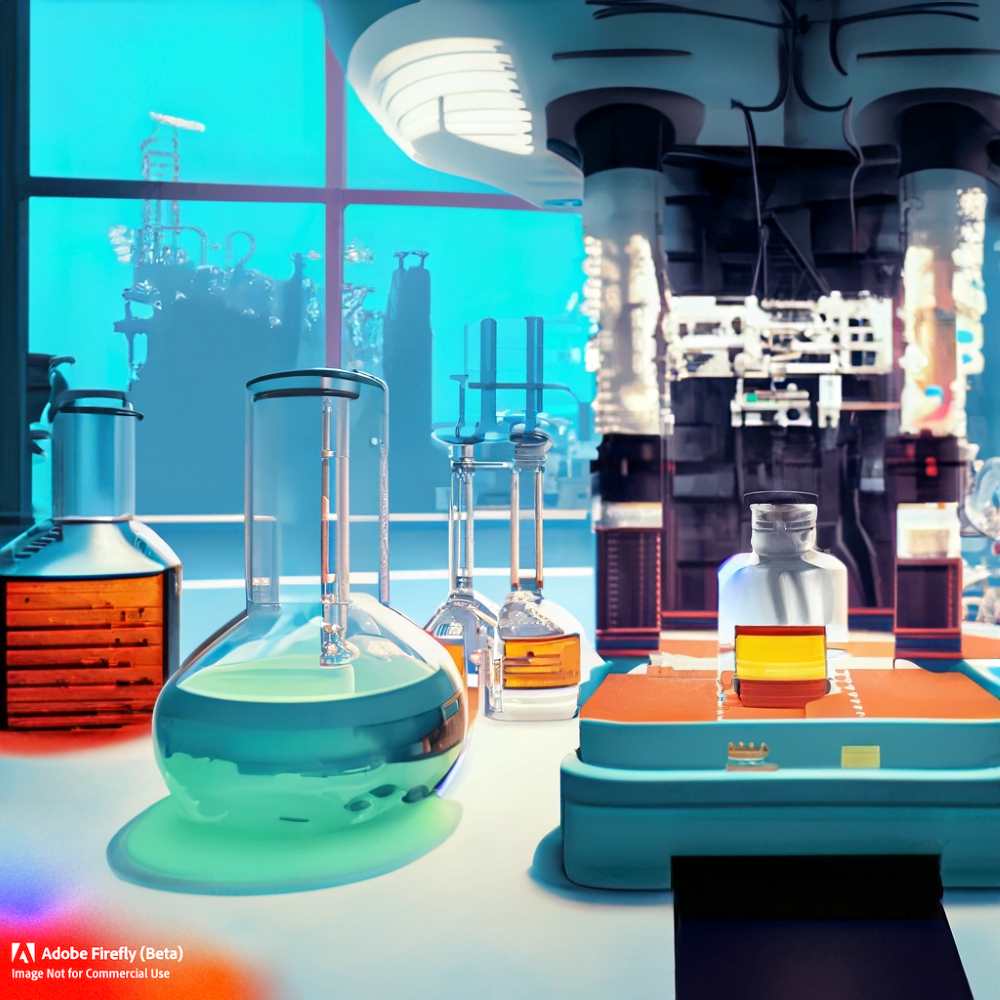How Mexico's Pharmaceutical Industry is Making a Buzz
Mexico's pharmaceutical industry has the potential to be a major player in the global supply of medicines. With proper planning, support of public procurement, and links between industry and research centers, the industry can expand its contribution to the economy.

Mexico's pharmaceutical industry has the potential to be a major player in the global supply of medicines, but it needs to recover its industrial policy and adapt to new production and trade realities. In an interview with Comercio Exterior, Juan de Villafranca, the President of the Mexican Association of Pharmaceutical Research Industries (Amelaf), discusses the position of the Mexican pharmaceutical industry in the international market, the lessons learned from the COVID-19 pandemic, and the measures needed to strengthen research and development and the articulation between research centers and the private sector.
Mexico's pharmaceutical industry is one of the most important in the world, ranking twelfth or thirteenth, and is a leader in Latin America in terms of the number of laboratories and jobs. It is an industry that has been getting stronger, more robust, and more mature, with all Mexican laboratories being privately owned. The high standards set by the Federal Commission for Protection against Sanitary Risks (Cofepris) ensure that the drugs produced are of the highest quality, effectiveness, and safety.
The COVID-19 pandemic has taught the Mexican pharmaceutical industry the importance of planning for the operation and strengthening of the industry. The industry has reacted well to the pandemic, with no employees laid off and continued production. The strategic value of the pharmaceutical industry and the relevance of promoting self-sufficiency in the production of medicines have also been highlighted by the pandemic. The lesson is clear: health is a matter of primary importance.
Public sector purchases are a substantial part of the demand for drugs in Mexico, with government purchases representing between four and five billion dollars a year. The impact of public procurement on the performance of the pharmaceutical industry is undeniable. Clear rules and a level playing field would allow the industry to plan its operations, invest, and grow. With transparent, consolidated purchases, and a level playing field, the government can create an environment of certainty that allows the industry to expand its productive capacities, promote self-sufficiency in medicines, generate wealth and employment in the country, and meet the country's growing demand for reliable drugs at affordable prices.
The key to generating virtuous relationships between the private sector and public institutions is dialogue and planning. Clear rules and a level playing field that allow the industry to plan its investments and contribute to the country's development are essential. The pharmaceutical industry has a significant impact on the health of Mexicans and the country's economic performance. The industry employs highly trained workers who receive an average salary three times higher than what they would receive in another productive activity.

The 1980s saw public policy measures that promoted the production of drugs and their active ingredients in Mexico. These measures were successful and led to the installed capacity and the pool of human capital that Mexico has today. Mexico should resume the success it had in the 1980s with the manufacture of active substances, the "APIs." Today, these substances represent between 15 and 60 percent of the value of the drug, but almost all of them come from India. Domestic production of these supplies should be encouraged.
Eighty percent of the volume of medicines sold in the world corresponds to generics. The ideal ecosystem provides a balance between innovators and generic manufacturers. Generics represent approximately 30% of the market value, while patents generate another 70%. Under these guidelines, competition is encouraged, and more accessible medicines are provided to the entire population.
Mexico's shipments abroad only represent 10% of production. Exportation needs to be worked on, and some laboratories have made great progress in this area, but more work is needed. The regulatory framework provides certainty and facilitates exports. Mexico should capitalize on its potential to become an important regional producer and exporter of biopharmaceuticals. A solid industrial policy is needed. Public policy guidelines from India, China, and South Korea, which have reaped the rewards of smart, long-term policies, could serve as a guide for Mexico. National policies and regional policies, such as those in Jalisco, are required to strengthen the industry.
There is uncertainty surrounding the future of the Mexican pharmaceutical industry. Clear rules and certainty are needed, and Cofepris, the purchasing scheme, and the development banking system need to be improved. Bancomext and Nafin must contribute more to strengthening the country's productive capacities and more actively promoting the Mexican pharmaceutical industry.
In conclusion, the Mexican pharmaceutical industry has the potential to be a major player in the global supply of medicines. With proper planning that promotes links between industry and research centers and the support of public procurement, the pharmaceutical industry can expand its contribution to the country's economy and meet the country's growing demand for reliable drugs at affordable prices. Mexico should capitalize on its potential to become an important regional producer and exporter of biopharmaceuticals by implementing a solid industrial policy, and public policies should be established at both the national and regional levels to strengthen the industry.




